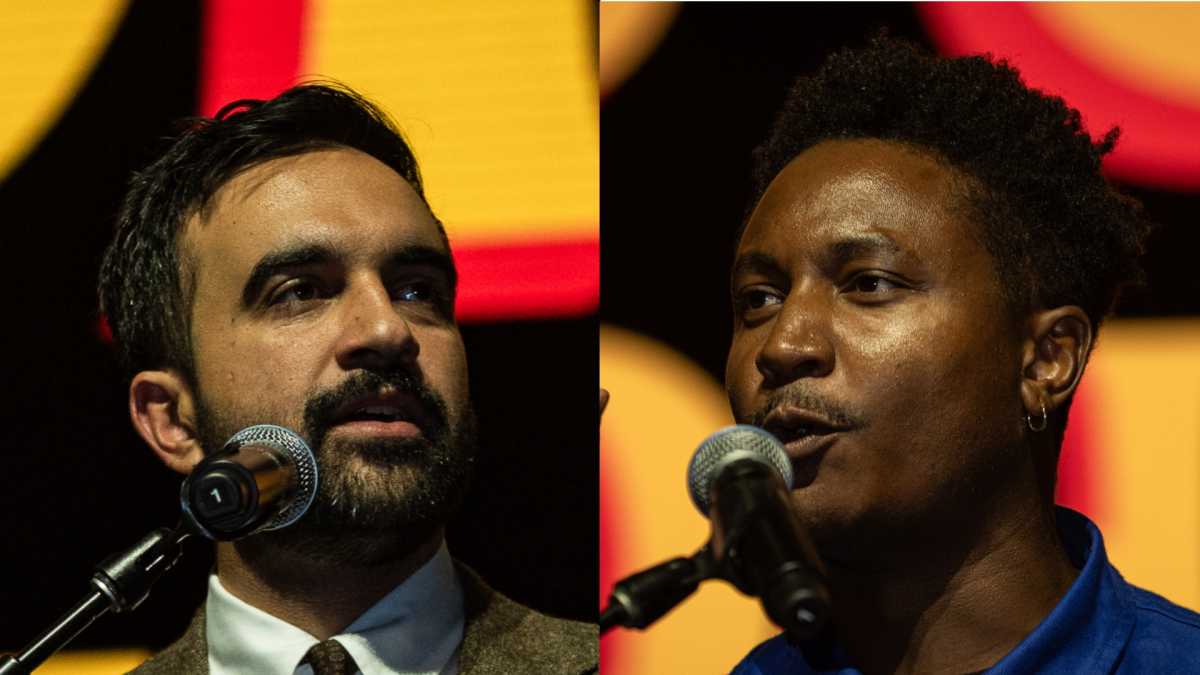GLAAD, the world’s largest LGBTQ media advocacy organization, has released its 20th annual Where We Are on TV report — a comprehensive look at queer representation across streaming and cable — and all signs point to a decline in LGBTQ on-screen visibility heading into next year.
A staggering 41% of LGBTQ characters won’t be returning to television next year, the report states, signaling a dent in inclusion and representation.
This year’s report — which encompasses the timeframe between June 1 of 2024 and May 31 of this year — tallied 489 LGBTQ characters, amounting to a 4% increase from last year. However, of these characters, 201 will not be returning due to a range of factors, including show cancellations or endings as well as the death or departure of a character. Additionally, 96 of them are on a series that still awaits renewal or cancellation. This means that only 192 of these characters will be returning to television next year, which is 39%.
“Nearly a third of non-LGBTQ Americans say that LGBTQ-inclusive media has changed their perception of our community,” said Sarah Kate Ellis, the CEO and president of GLAAD. “Today, we are at a critical juncture, with hateful rhetoric running unchecked from politicians and newsmedia and given a falsely amplified platform, even as the majority of this country overwhelmingly supports the LGBTQ community. With so many diverse, entertaining, and impactful series being canceled at an alarming rate, it is imperative that networks and streamers do not back down.”
The impact of these cancellations is already being felt, with the ending of shows like Prime Video’s “Harlem” and Hulu’s “Mid-Century Modern,” despite their intent to represent an LGBTQ ensemble of characters, along with wide praise from viewers. Their absence leaves a noticeable gap in television’s portrayal of LGBTQ lives, especially for underrepresented identities, such as queer people of color. GLAAD also pointed to a decrease in queer visibility among people of color, particularly Indigenous, Middle Eastern, North African, and Black individuals.
GLAAD has witnessed some variation in queer visibility on television, with broadcast and cable continuing to decline while streaming increases LGBTQ characters.
The report counted 33 trans characters in the last year, with 24 of them being trans women, along with seven trans men and two non-binary characters. And while trans representation has improved somewhat, 61% of trans characters counted in the last edition of GLAAD’s report won’t return to their respective shows.
Bisexual representation is also lagging, with just 20% of LGBTQ characters identifying that way despite data showing that bisexual individuals make up an outright majority the LGBTQ population.
Megan Townsend, senior director of entertainment research and analysis at GLAAD, emphasized that having inclusive storylines drives business success.
“Over 84 million American adults say they’re more likely to watch a TV show if it features at least one LGBTQ character,” Townsend said. “The LGBTQ buying power in the US is an estimated $1.4 trillion and is set to grow, with 23% of Gen Z adults identifying as LGBTQ.”
Ellis emphasized that representation isn’t just about numbers, but also about maintaining visibility in a cultural environment where anti-LGBTQ legislation and rhetoric are on the rise. This is why GLAAD opened a forum where fans can weigh in on which television shows with LGBTQ representation they want to stay on air. Voting is open until Nov. 21, and these findings will be published to GLAAD’s network and community.


































